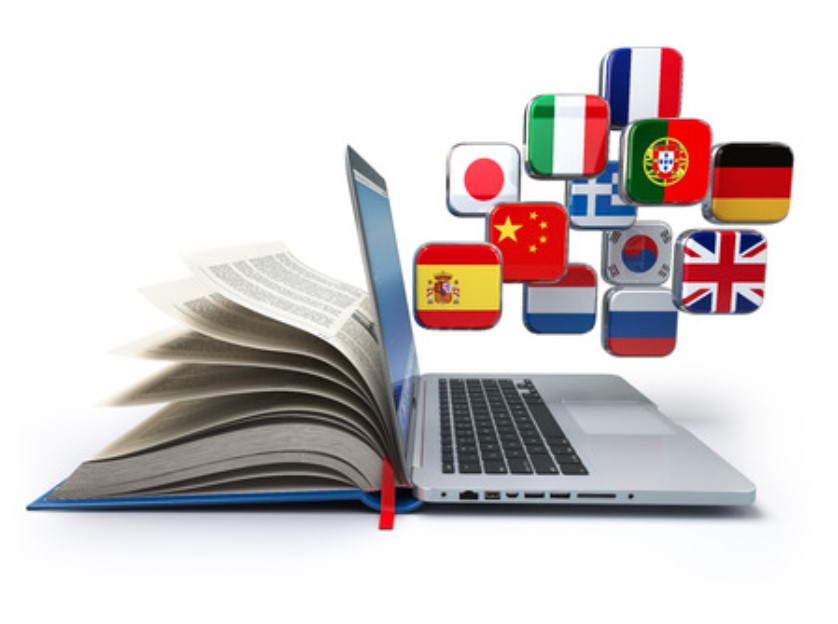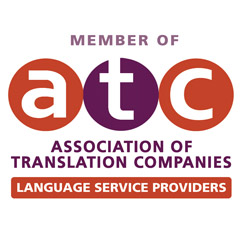Introduction
Translating is an essential skill. Many people need translate from Spanish to English for work, studies, or travel. However, translating well is not easy. Understanding the context, grammar, and expressions of each language is crucial.
Nowadays, there are tools that simplify the process. Additionally, there are practical tips that can improve the quality of any translation. In this article, we will explore the best methods and tools for translating accurately.

Key Strategies for High-Quality: Translate from Spanish to English
Understanding Both Languages Well
Spanish and English have significant differences. To translate well, it is necessary to understand the structure of each language. For example, in English, word order is more rigid than in Spanish. Additionally, verb tenses and sentence construction can alter meaning if not translated correctly.
Using Translation Tools Wisely
Today, many translation tools are available. Some are automatic, such as Google Translate or DeepL. Others are more advanced and allow greater customization. However, no tool is perfect. It is always best to review and manually correct the translation.
There are also computer-assisted translation (CAT) tools. These help professional translators maintain consistency in long texts. Examples of such tools include SDL Trados and MemoQ.
Avoiding Literal Translations
Each language has its own expressions. A literal translation can lose the original meaning. It is better to adapt the message so that it sounds natural in the target language.
For example, the Spanish phrase “estar en las nubes” translates to “to have one’s head in the clouds” in English. If translated word for word, the result would confuse an English speaker. This is why understanding cultural equivalencies is important.
Checking Grammar and Spelling
A good translation should be clear and correct. Reviewing grammar helps avoid common mistakes. Tools like Grammarly or LanguageTool can assist in this process.
Reading the translated text aloud is also recommended. This helps detect errors and improve fluency.
Considering the Context
The meaning of a word changes depending on the context. Before translating, it is essential to understand the general idea of the text. This prevents errors and enhances the quality of the translation.
In professional fields, translating technical, legal, or scientific documents requires even more precision. It is advisable to look up specialized terminology and ensure the correct terms are used.
Translate from Spanish to English: Tools
Google Translate
This is a quick and easy-to-use option. Although it does not always provide the best quality, it can be useful for understanding basic texts.
DeepL
This tool uses artificial intelligence to offer more natural translations. It is one of the best options available today. Many professionals prefer it for its accuracy and ability to adapt to context.
Linguee
It functions as a dictionary and a database of translations. It allows users to see how certain phrases have been translated in different contexts. Additionally, it is useful for learning new terms and improving English comprehension.
Reverso Context
This tool provides translations with examples in different situations. It is very useful for learning common English phrases. It also allows users to analyze how a word is used in various structures.
Grammarly
This tool helps improve English grammar. Moreover, it can correct mistakes and offer useful suggestions to make the text clearer. In addition, its advanced version carefully analyzes writing style and helps significantly enhance fluency.
Final Tips for a Better Translation
- Read the original text several times before translating.
- Do not rely solely on automatic tools.
- Consult dictionaries and reliable sources.
- Ask native speakers for help if needed.
- Practice regularly to improve accuracy.
- Always review the final text to avoid contextual or grammatical errors.
Conclusion
Translating from Spanish to English may seem complicated. Nevertheless, with the right tools and tips, it is possible to significantly improve the quality of any translation. In fact, the most important thing is to fully understand the context and avoid literal translations. Furthermore, consistently reviewing grammar will always help achieve a more accurate and polished result.
In an increasingly globalized world, knowing how to translate well is undoubtedly a valuable skill. Whether it is for work, studies, or travel, mastering translation can certainly open many doors and provide new opportunities.
Finally, if you need more information, visit Translations in English: A Guide to Clear and Natural Texts.



